eCommerce Fulfillment: Definition, Types and Scope
- Why Does Your Business Need eCommerce Fulfillment?
- Defining eCommerce Fulfillment
- What is Included in eCommerce Fulfillment Operations (Order Fulfillment Steps)
- Types of eCommerce Fulfillment Models
- eCommerce Fulfillment Costs Depending on The Model
- How to Decide When You Need a Fulfillment Partner?
- Debunking Common eCommerce Fulfillment Myths
- Scope of eCommerce Fulfillment in 2023
- The Smart Way to Fulfill eCommerce Orders – Shiprocket Fulfillment
- Final Thoughts
- FAQs (Frequently Asked Questions)
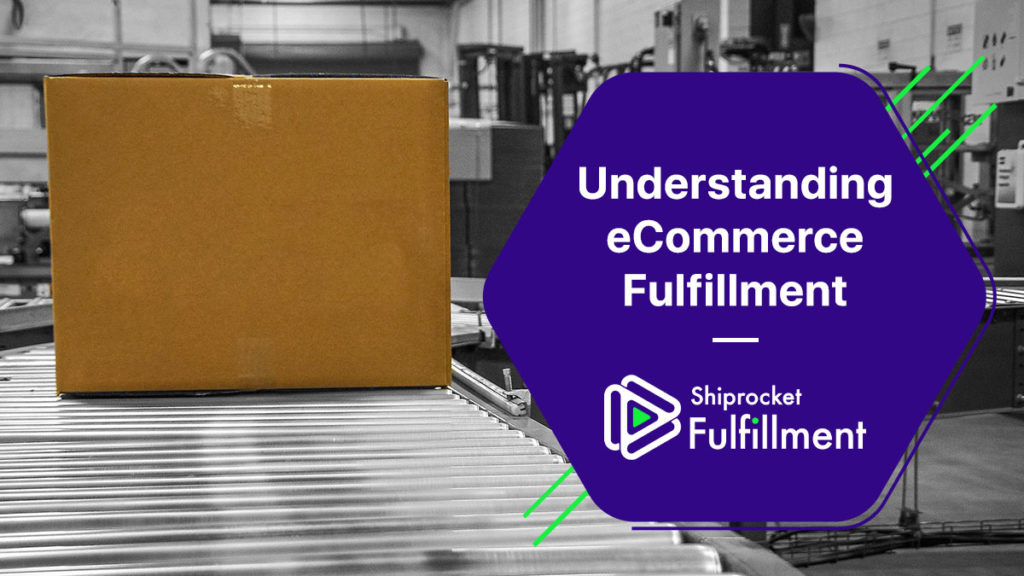
Why Does Your Business Need eCommerce Fulfillment?
Did you know?
38% of online shoppers abandon an order because a package may take longer than a week.
Customers look up their order tracking page an average of 3.5 times per order. (Source: Tracktor)

What do these statistics tell you?
These imply that you cannot make your customers happy without properly delivering their products. Hence, eCommerce fulfillment is the most crucial aspect of your business.
How many Facebook or Instagram ads you did or how well your product pages are optimised with descriptions and images that cannot fill in for a negative delivery experience.
The package you ship to your customer is the first impression of your brand. Hence, if the fulfillment of your products is improved, your sales and marketing will be better.
To ensure top-notch customer satisfaction and make sure your customers come back to your store for repeat business, you need to streamline and optimise your fulfillment chain so that your business’s online and offline elements are in synchronisation can deliver as well as you can sell.
Now that we have established why fulfillment is an indispensable part of your business. Let’s move on to see what it is in more detail!
Defining eCommerce Fulfillment
eCommerce fulfillment refers to the part of your eCommerce business that involves the operations post receiving the order. These include picking, packing, shipping, and delivering products to the customer’s doorstep.
After your customer places an order on your website, several steps go into processing it to prepare it for delivery.
These include operations like storage, inventory management, order management, packing, shipping, returns, post order tracking etc.
So even before you understood the concept of fulfillment, it has always been an integral part of your eCommerce business, whether you deliver products from your house or office.
Now that you know what eCommerce fulfillment is and its role in eCommerce businesses, let’s quickly move to the eCommerce fulfillment operations processes.
What is Included in eCommerce Fulfillment Operations (Order Fulfillment Steps)
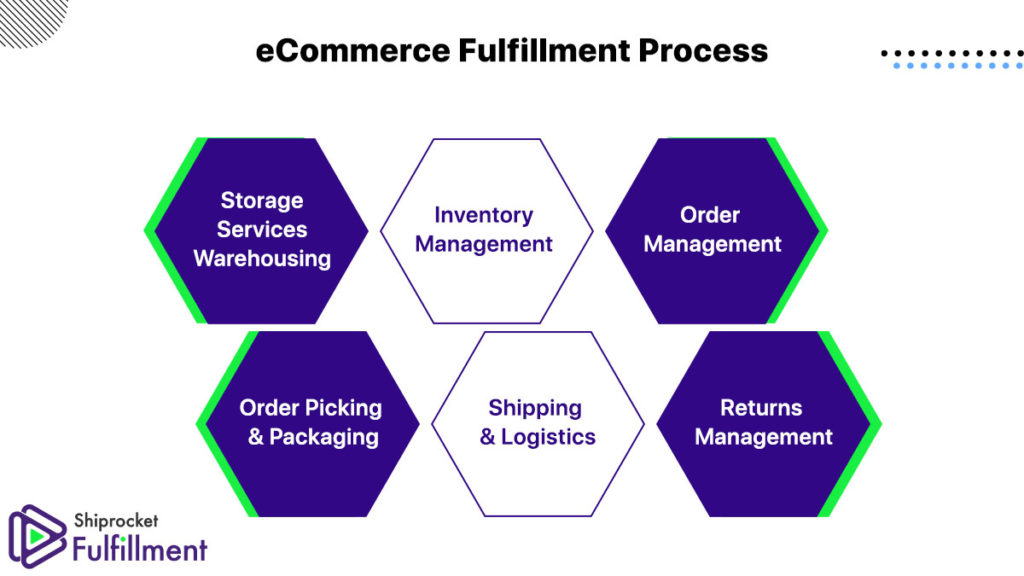
1. Storage Services – Warehousing
The first and foremost operation included in eCommerce fulfillment is warehousing or storing your products. It consists of storing your products in an organised fashion for better accessibility.
Warehousing gives you a chance to store your products in a single place without any confusion so that you can process them quickly and maintain track of your inventory in a much more convenient manner.
2. Inventory Management
The next crucial aspect of order fulfillment is inventory management, where a record of all the products is maintained so you can always stay up-to-date about the products that are out of stock and replenish the stock accordingly.
Inventory management makes it easier for you to assess customer demands and forecast in advance for your business. Also, it helps you stay much more organised and streamline your order and supply accordingly.
3. Order Management
Order management refers to the managing of incoming orders received on your eCommerce website. With efficient order management, you can ensure that no order gets missed and all are processed correctly before delivery.
Order management needs to be in complete sync with the warehousing and inventory management system so that the information is updated on all fronts, and further processing steps can be undertaken almost immediately.

4. Order Picking & Packaging
After an order is received, the eCommerce fulfillment chain progresses to picking and packing.The order is picked from its stipulated location in the warehouse and then packed with the suitable packaging material allocated for the specific product. The packaged product must be labeled to ensure a hassle-free shipping process.
Picking and packaging must be done with complete accuracy and precision so that no incorrect order is packed and delivered to the customer. Also, if packaged correctly, the order can leave a positive impression on the customer and hamper their chances of returning to your website for business.
5. Shipping & Logistics
The next and most crucial part of the fulfillment process is the shipping and logistics of the orders. Once all the above procedures are done, a delivery executive is picked up who takes it to a courier hub from where it is further shipped to the customer’s delivery address.
All orders need to be handed over to the delivery executives on time so that any delays can be avoided in the first mile and last-mile fulfillment operations.
Proper shipping of the orders will ensure that they are delivered on time to your customers without tampering or damage. Therefore, it is recommended that you ship with the best courier partner for your shipments, so you don’t have to regret or pay extra later on.
6. Returns Management
Lastly, eCommerce and fulfillment do not only include order delivery. It also accounts for return orders that might come your way if customers do not like the product they ordered. Effective reverse logistics and order management can help you improve your customer’s shopping experience.
Types of eCommerce Fulfillment Models
There is no one way to carry out eCommerce fulfillment. It includes several models that vary depending on the number of orders, your inventory, and your requirement for processing orders. Based on these parameters, there are various types of eCommerce fulfillment methods that you can consider for your business. Of course, each fulfillment model has its pros and cons and is suitable for particular requirements and hence, is tailor-made to a great extent.
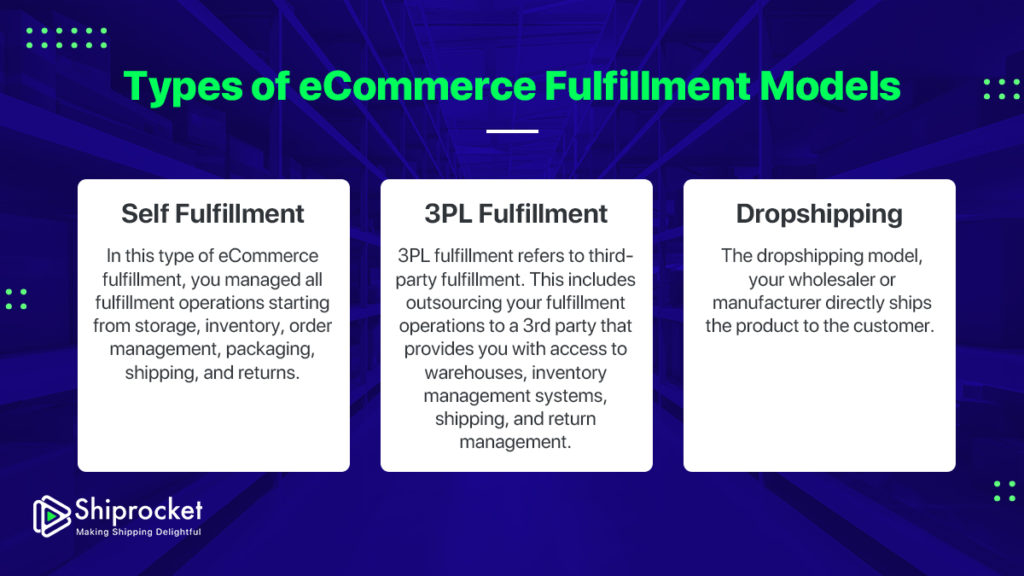
Self Fulfillment
The first and only type of eCommerce fulfillment model is the self-fulfillment model. In this type of eCommerce fulfillment, you manage all fulfillment operations, including storage, inventory and order management, packaging, shipping, and returns.
This means you can have a small storage center of yours where you carry out all the processing operations yourself. Even though this model is suitable for small businesses that are just starting, but it is not sustainable. Eventually, when your orders increase, you must invest in additional storage space and resources to manage your operations. If you do not do this, there are chances that you might face days, incorrect orders are shipped, etc.
We do not recommend the self-fulfillment model as it has more negatives than positives. It is only suitable for businesses that have just started & are looking for sustainable alternatives for fulfillment.
3PL Fulfillment
3PL fulfillment refers to third-party fulfillment. This includes outsourcing your fulfillment operations to a third party that provides you with access to warehouses, inventory management systems, shipping, and return management.
Once you decide to hop on to 3PL fulfillment, the third-party logistics company. 3PL companies work with several merchants; they have a training resource for all functions and fulfillment centers to facilitate faster processing of orders.
Depending on your business type, you can approach 3PL businesses to partner with your eCommerce store. Every 3PL offers unique solutions like B2B order processing, B2C order processing, temperature-controlled storage, etc. Once you contact these fulfillment companies, they can customise your requirements. For example, if you do not want to ship with them, you can contact them for storage and processing and arrange shipping yourself.
According to us, third-party fulfillment is the most reliable option as it gives you the advantage of shipping more orders and a chance to scale your business depending upon the demand. It is flexible, and no investment is required for growth. You get trained resources to carry out all the processes, and you can process orders much faster by storing them with a 3PL provider that is closer to your customers.

Dropshipping
In the dropshipping model, your wholesaler or manufacturer directly ships the product to the customer. This means the merchant never holds inventory physically. So, when a customer places an order on your website, the order is manually or automatically transported and sent to the supplier from where it is processed and delivered.
The Dropshipping model is suitable if you just started a business and are still figuring out your way around storage and processing. In the long run, it can prove to be difficult as it does not allow you to control inventory and reduces any scope for branding.
Eventually, if you want to scale your business, it can be challenging as you might have to tie-up with multiple drop shippers and coordinate with many for a seamless experience.
eCommerce Fulfillment Costs Depending on The Model
The next concern about eCommerce fulfillment is fulfillment costs. How much will the entire eCommerce fulfillment process cost you based on the different models we have presented?
Let’s dive deeper to see what aspects of this fulfillment each model covers and how this will impact your fulfillment costs.
Under self-fulfillment, you need to take care of all fulfillment operations yourself. That means that you need to put in place a manual inventory and order management system, buy additional storage space, train resources for picking and packaging, and finally tie-up with courier companies to ship your products. Each of these operations is labor-intensive and requires a significant investment. Therefore, you might have to invest much more in self-fulfillment as you scale up your business.
In 3PL fulfillment, you only need to tie up with a 3PL provider to take care of all fulfillment operations. Since you only pay a processing fee based upon your inventory and the storage you occupied, the overall costs are much less as you skip the overheads and the labor costs. This model could be extremely beneficial for your business if you want to scale up eventually.
Usually, 3PL providers also take care of shipping while you only pay for the shipping costs. The hack for this is to choose a 3PL partner closer to your customer’s delivery location. This way, you can reduce your delivery time and delivery costs.
Finally, when we talk about drop shipping, initially, it does not include any overheads or total payment costs, as your supplier takes care of the entire shipping process, storage, and processing. But, as you grow your business, it can be challenging as you must tie up with multiple drop shippers. This can lead to you including the exact costs to scale up.
How to Decide When You Need a Fulfillment Partner?
As we mentioned, if you want to scale up your business and have seen a significant influx in orders, it is time for you to contact the fulfilment partner.
As your business grows, so do the other aspects of it, like inventory management, order management, warehouse management, etc. Sooner or later, you don’t need to incorporate technological innovations to enhance the flow of operations. To avoid these expensive investments yet seamlessly grow your business and fulfil orders much faster, it is better to tie up with a fulfilment partner that provides you with these necessary software & technological ecosystems.
If you are still confused, here are some questions you must ask yourself to ascertain that you require a fulfilment partner for your ecommerce business –
- Do I have enough space to store my inventory?
If the answer is no, you must consider outsourcing your inventory and warehouse management.
- Is order fulfillment eating up too much time from my current schedule?
If the answer to this is no, you still have the scope to fulfil orders yourself. But, if the answer is yes, it is time for you to look at fulfilment partners for your business.
- Do my customers want faster shipping options?
If yes, then it’s time to store products closer to their location.
- What are my plans for growing the business?
If you see your business projecting an enormous growth, then it is time you switch to a 3PL provider.
Debunking Common eCommerce Fulfillment Myths
- Warehousing and Fulfillment are interchangeable terms.
This statement is false. Warehousing and fulfillment are separate terms with separate meanings. Warehousing refers to the storage of products in an organised fashion, whereas fulfillment refers to the storage and distribution of products. Usually, companies with their own warehouse only tie up with the 3PL for a distribution center. Warehouses are typically used for storing inventory and managing it. In a fulfillment center, operations like ordering, inventory, picking, packaging, and shipping are also looked after. Therefore, both terms have different meanings based on the services they offer.
- Fulfillment center should be closer to my business location
If a fulfillment center is closer to your business location pay extra for shipping charges. Even though you will be able to control your inventory and storage better, you will have to incur a lot of extra amount if you have to shift to far-off locations. Hence, always keep your fulfillment center closer to your customers’ site to deliver faster, and reduce returns.
- Self-fulfillment is the cheapest way to fulfill orders
If you have just started out your business and not shipping more than 10 orders a day, then probably yes. But, if you ship above 20-30 orders daily, you invest a major chunk of your time in self-fulfilling orders. This is a huge setback for your businessregarding progress and innovation. Also, your money spent on training resources and procuring raw materials for packaging will eventually lead to a higher cost and low profits.
- It will be much cheaper if a fulfillment center is located in a tier-2 or tier-3 city
In terms of storage and inventory management costs, it might be cheaper to choose a fulfillment center in an isolated location. However, you will have to pay much more in terms of shipping costs to deliver your orders faster to your customers. Therefore, it is essential to analyse where your major target audience is situated and then choose a fulfillment center accordingly.
For example, if your audience is situated in Bangalore, it is intelligent to store your products in a fulfillment center located closer to the city like that of Shiprocket Fulfillment.
Scope of eCommerce Fulfillment in 2023

Automation
With more involvement of technology in the entire fulfillment chain, we expect to see a steep rise in automation trends in 2020. But the application of warehouse and inventory management systems can help with centralised management and social communication across warehouses and fulfillment centers.
Amazon fulfillment centers are already using robots to help improve their operations. They have significantly reduced shipping times, improved the inventory process and they assisted workers in many ways.
Data-Backed Platforms
Using technologies like big data will help bridge the gap between marketplaces, courier partners, payment gateways, consumers, and the other stakeholders that are part of the eCommerce supply chain. Real-time data will play a significant role in demand forecasting, shipping, return management, and much more. Even now, the pressure on merchants is high for reduced delivery times. With the application of real-time data management, sellers will be able to take much more informed decisions and process orders at a faster speed.
Omnichannel Fulfillment
Sellers are now diverging into sales on different platforms like brick-and-mortar stores, mobile applications, eCommerce websites, social media, etc. With an omnichannel retail experience, sellers will now adopt the omnichannel fulfillment method of doing business. They can integrate all their retail stores’ information into a centralised network and dissipate information accordingly.
The Smart Way to Fulfill eCommerce Orders – Shiprocket Fulfillment
Shiprocket Fulfillment is an end-to-end fulfillment solution by Shiprocket that provides you services like warehousing, inventory management, and products’ shipping. It gives you a chance to store products closer to your buyers in technologically advanced and fully-equipped warehouses.
You can increase delivery speed by up to 40%, provide next day delivery along with tamper-proof packaging to your buyers. This can help you increase customer satisfaction by many folds.
Also, you can provide faster intracity and intra-zone shipping, thereby reducing shipping costs by up to 20%. Also, since you provide your customers with a quality experience and on-time delivery, your chances for return orders get reduced by 2 to 5%.
Since it is a flexible shipping and warehousing model, you save a lot on additional warehouse investment without compromising your fulfillment operations quality. It is a tailor-made solution designed to help you deliver much quicker and faster with the help of the latest technology, inventory and warehouse management system, and a data-backed shipping platform.
Shiprocket Fulfillment is the perfect solution for businesses that want to outsource their warehousing and fulfillment operations to deliver more orders faster.
Getting started is absolutely simple. All you need to do is fill in the request form below and the fulfillment expert from our team will contact you soon.
Final Thoughts
eCommerce fulfillment is an essential part of your eCommerce business, and it is vital to do it correctly if you want to ensure a good delivery experience for your customers. We hope this information will help you view eCommerce fulfillment properly and help you make relevant decisions around it.
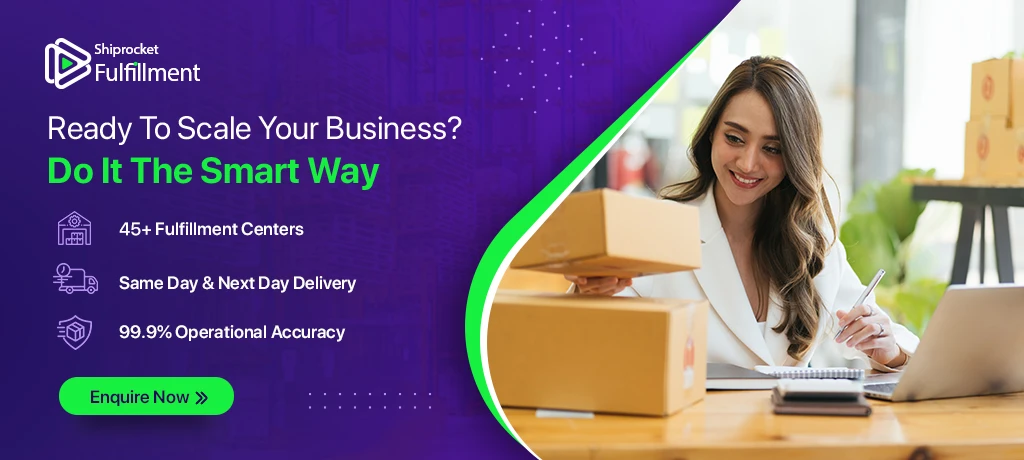
FAQs (Frequently Asked Questions)
There are numerous benefits to using a fulfillment solution for your business. A fulfillment company acts as an end-to-end shipping solution for eCommerce sellers. With them, you can easily store your inventory, manage your orders, and track your shipments.
Most fulfillment companies have warehouses in different parts of the country. So, you can store your inventory closer to your customers, avoid exorbitant shipping costs, tackle order surges, and decrease your order return rates.
The fulfillment process for an eCommerce store begins when an order is placed. The operational aspect of storing and managing inventory, processing orders, and facilitating delivery is known as fulfillment in eCommerce.
eCommerce and fulfillment are interconnected. Orders placed online need to be fulfilled. The primary differences between the two are that eCommerce is the buying and selling products through an online marketplace while fulfillment is the operation conducted after a buyer purchases a product.
eCommerce operation includes handling the website, listing the products, and marketing the products. Fulfillment involves warehousing, inventory management, order fulfillment, and return shipment management.
You can either decide to self-fulfill orders for your eCommerce store or use a 3PL service provider. In both cases, the pricing would defer. If you decide to go the self-fulfillment route, you will have to invest in storage spaces, train packaging resources, and an inventory management system.
If you choose to go with the 3PL service provider route, you can save a lot on the cost. The company will take care of warehousing, inventory management, packaging and order fulfillment for you at cost-effective rate.
Fulfillment centres take care of everything from storing the inventory to order fulfillment. Sellers can stock their products in these fulfillment centres nationwide, closer to their customers.
The fulfillment companies also manage inventory and orders, pack and ship them, and manage return shipments. With fulfillment centers, sellers can rest easy knowing their order fulfillment will be well cared for.
Yes, fulfillment includes shipping. Fulfillment of orders includes packaging and shipping the orders to end-consumers.
Shiprocket Fulfillment helps the sellers in taking a major part in running an eCommerce business off their plate. With Shiprocket Fulfillment, sellers can store inventory closer to their customers in different warehouses in the country.
Through their futuristic WMS, channel integration, OMS, and logistics tech, sellers can manage their inventory, orders, and shipment effortlessly. Shiprocket Fulfillment helps eCommerce businesses deliver their products to a wider audience at much higher speed and lower shipping rates.


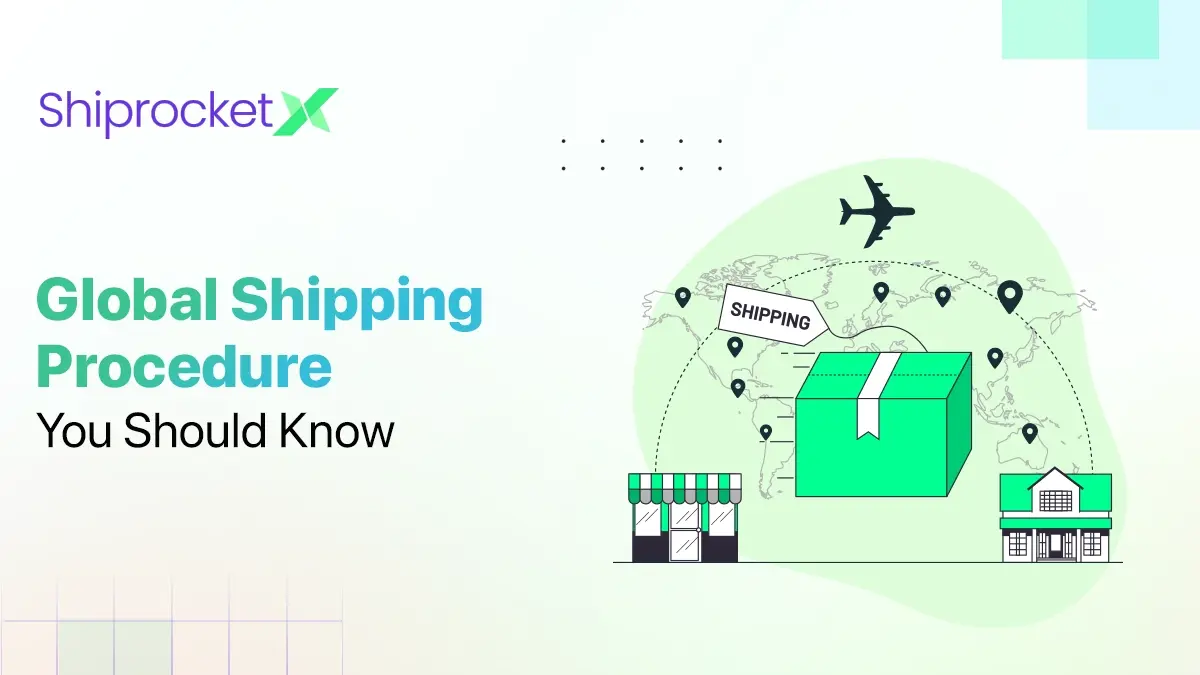

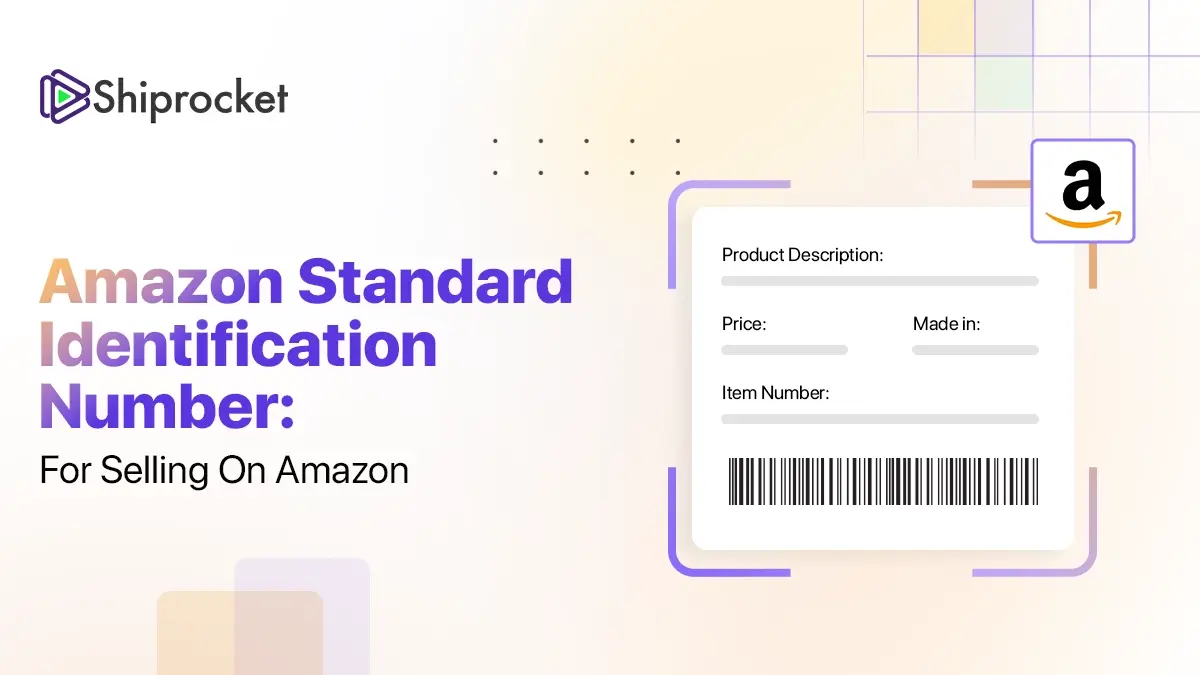
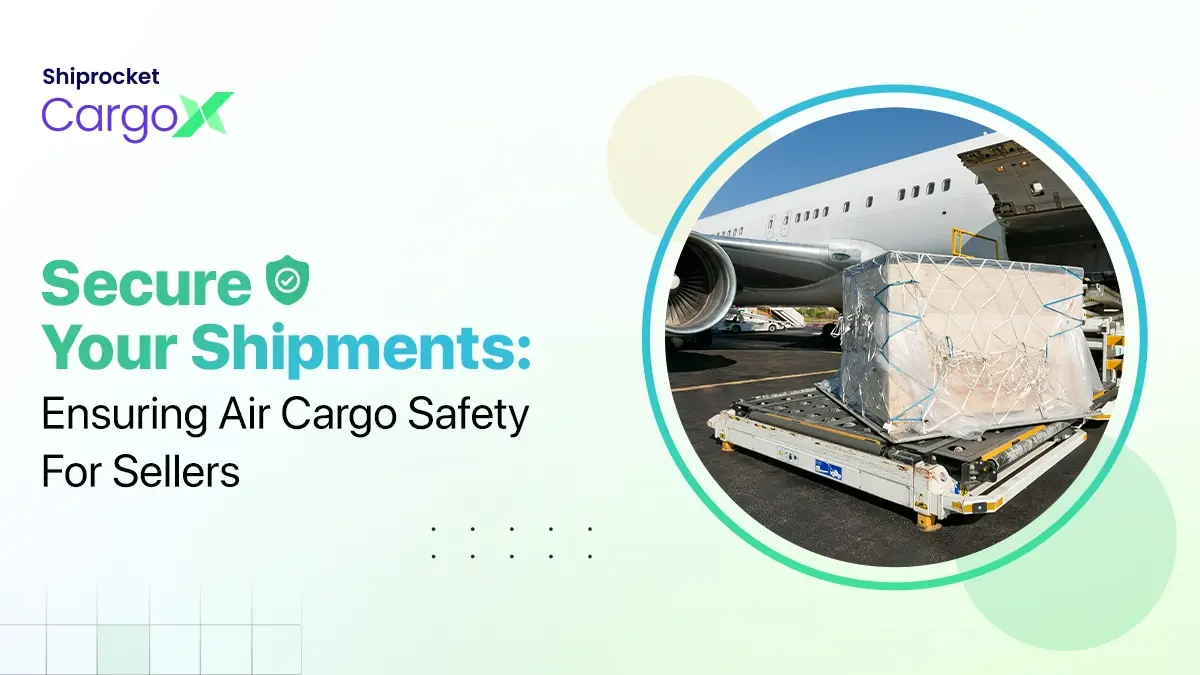

Hi there! I am glad that I found your article this is the exact information I was looking for, to be honest I liked this article and I am definitely going to share it with my network.
Hi Srishti,Thanks for posting such useful content about eCommerce Fulfillment. Very nice clear and detailed explanation on the topic. Loved the content very much. Keep posting such enriched content. Thank You
Hey Thanks, Priya for your appreciation.
Thanks for sharing the post, it was really a great experience reading this article learned new things.
Thank for sharing this information
Thanks!
I just Came across this blog, was not much aware Courier Process. But understood the complete process . Thanks for sharing useful information.